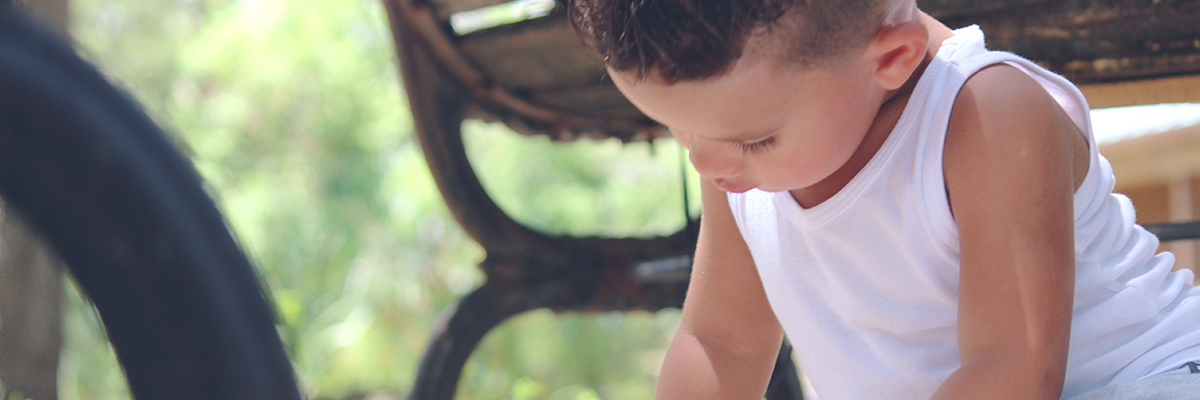
That’s a tricky question. Autism — or autism spectrum disorder (ASD) — is an umbrella term that captures a range of developmental challenges. In other words, autism looks different in different people.
All of that said, there are some hallmark characteristics. Knowing the common autism indicators can help parents spot autism in their children as soon as these signs start showing up. That makes a difference because early treatment plays an important role in helping the child overcome any challenges related to their autism diagnosis.
As specialists in autism, our team can help. We developed this guide to serve as a resource you can use to learn about the signs of autism.
The Two Main Signs of Autism
While the way autism appears in people varies widely, most symptoms can be captured in one of two buckets:
- Trouble communicating with others
- Repetitive and restricted behaviors
Both of these are behavioral. That means identifying autism may come down to watching how your child interact with the world around them.
To help you get a better handle on what autism can look like, let’s list out some of the most common indicators of this condition.
Symptoms of Autism
As we mentioned before, the developmental differences autism causes result in behavioral changes. All kids are unique, so it may be hard to tell if your child is displaying autism symptoms or is just expressing themselves in a unique way. Are they having trouble communicating or are they fixated on a narrow interestdue to ASD?
To help there, we’ve listed out some of the common indicators that a child is living with autism:
- Non-response to their own name
- Repetitive movements (e.g., rocking, hand movements)
- Trouble making or maintaining eye contact
- Regular repetition of specific words or phrases
- Delayed speech or lack of speech altogether
- Difficulty coping with changes to their routine
- Picky eating
- Aversion to touch
- Light and/or sound sensitivity
- Trouble following and engaging in a conversation
- Fixation on a certain interest
- Organizing toys or other objects in a specific way
- Hyperactivity
- Sleep problems
- Anxiety
As a parent, it can feel alarming to notice that your child doesn’t behave like their peers — or like your expectations. Resist the urge to gloss over what seem like unusual behaviors in your child and assume it’s “just a phase.” Keep monitoring your child carefully.
You should know that autism is both common and treatable. But getting your child the right autism care first requires a diagnosis.
Screening for ASD
If the signs we just outlined sound familiar, talk with your doctor. Getting your child diagnosed requires ongoing monitoring of their development, so starting now matters.
You should probably discuss autism with your child’s doctor if they don’t:
- Respond to happy faces by six months
- Make any noise by 12 months
- Gesture by 14 months
- Say any words by 16 months
Also, if your child seems to suddenly lose language skills, talk to your doctor. It’s possible for children to develop “normally” to a certain age (e.g., 18 months), then regress. This commonly indicates autism.
If your child gets diagnosed with autism, we’re here. At Stride Autism Centers, we offer personalized, supportive, applied behavioral analysis (ABA) therapy-based preschool programs. To get started with this wraparound care for your child (and your family), contact our team today.





